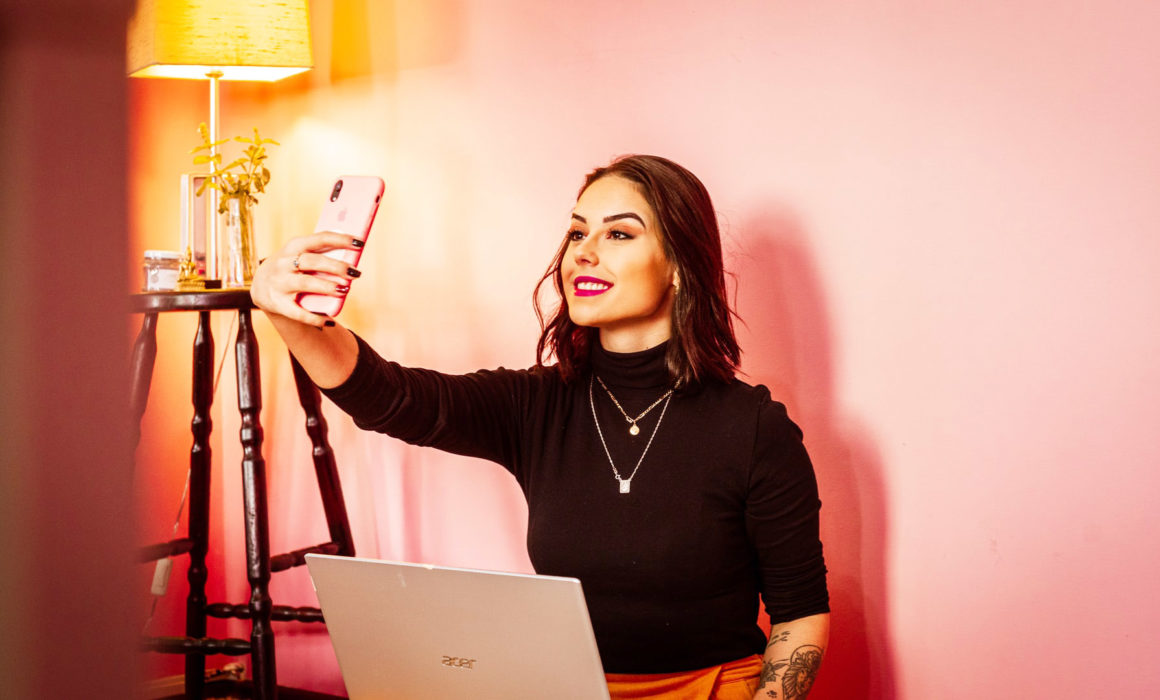The New Era of Influencers ÔÇô What I Learned Attending PRIAÔÇÖs New Code of Conduct for Influencers Webinar
Ten years ago, the word ÔÇťinfluencerÔÇŁ was commonly associated with bikini models, pouted lips and tanned skin. Today, YouTubers, Celebrities, TikTokkers and Content Creators all fall under the ÔÇťinfluencerÔÇŁ banner and the worldÔÇÖs understanding of their roles has changed dramatically. With the expansion of influencer marketing, there still remains many grey areas when it comes to operating and using them to promote your brand.
In the past month alone, I have dealt with over 300 influencers, researching, troubleshooting and securing relationships to help promote some of Agent99ÔÇÖs clients on Instagram, YouTube and TikTok platforms. So, when PRIA announced their latest webinar on ÔÇťWhen PR & Influencer Marketing come together,ÔÇŁ and introduced the new code of conduct for influencer marketing, I was more than eager to attend.
The 1.5 hour webinar featured some of the industryÔÇÖs best social media minds including: Josanne Ryan (AMAA), Detch Singh (HypeTap), Patrick Whitnall (Publicis Media), Simone Landes (The Lifestyle Suite) and Shelly Horton (Journalist and Influencer). These guys came together to reinforce the new Influencer Code of Conduct, which was released on July 1st, for marketing and PR agencies to use as an asset to guide communicators in their relationships with influencers and content creators.
Here are some of my key takeaways:
1. Influencer Marketing IsnÔÇÖt Going Anywhere
Long gone are the days of pretending you can ignore influencers as part of your marketing strategy. Currently, influencers account for about 8% of social media advertising across the world. In 2019 that equated to $6.5 billion globally. In Australia on the other hand, the market spend on influencers is only predicted to grow, expected to hit the $312 million mark for 2020.
Marketers will need to understand that influencers are not a nice ÔÇśbudget add-onÔÇÖ but an essential part of their marketing mix. Due to tighter restrictions and crackdowns, Instagram is actually making the platform more accessible and easier to reach your target audiences, with fake followers and bots on the decline.
The key focus for agencies will then be to showcase the value influencers can provide and informing clients and brands of the ROI it can bring for their business.
2. Disclosure Will Be Key
Like any advertorial, billboard or TVC, Influencer marketing cannot happen without some form of disclosure. Under the consumer advertising law, brands are not allowed to trick consumers into buying their products. For example, you might follow a beauty influencer who does weekly reviews of her favourite makeup products. You trust her opinion and will often go buy the products that she recommends. Behind the scenes however, it turns out that a major beauty chain was paying her to review those exact products and recommend them to her highly engaged audience. As a result, you were tricked into buying a range of pricey makeup products based off a recommendation that had an undisclosed financial backing.
The absence of disclosure can be detrimental for your brand and for the influencer, with many large YouTubers and influencers being fined in recent years for not clearly identifying their partner brands.
A crackdown on disclosure is coming to the industry, whether you use paid or contra influencers. So, the new Code of Conduct will ensure that less brands/influencers can fly under the radar and con consumers.
While it can seem scary to blatantly reveal you are advertising with an influencer, it doesnÔÇÖt have to be an overwhelming process. Some ways you can do this include ensuring your influencer includes #sponsored, #ad or #gifted to their final post.
3. ItÔÇÖs Time to Get Tailored
More so than ever, brands want to see genuine ROI when it comes to influencer marketing. To ensure that you are reaching an audience that will strongly engage with the content and be more likely to continue on the consumer journey, you need to get as tailored as possible.
Regardless of whether you are a marketing/PR agency or a brand that deals directly with influencers ÔÇô every single person you engage needs to reflect your brand values wholeheartedly.

ItÔÇÖs time to move past just picking an influencer ÔÇśbecause they have a huge followingÔÇÖ and instead choose content creators that love your brand (or the general area i.e. beauty/makeup), are invested in the brandÔÇÖs messaging and values (i.e. environmentally friendly or Australian made), and can create beautiful content that will reach the right audience demographic.
What many people still donÔÇÖt understand, is that you can generally see much stronger results from engaging with micro or nano influencers, but with a very specifically targeted audience, over a macro influencer who has a much wider pool of followers that are less likely to purchase or use the product in the long run.
The best results Agent99 has seen from our influencer campaigns has been by finding those incredibly tailored influencers who represent all our client values and showcase their content in a way that is impactful and will resonate on a deep level.
ItÔÇÖs hard to think that many people are still in the dark about influencers, yet even in the first few months of working at Agent99, I had learnt so much about the industry. And I continue to do so. Even as the market continues to adapt and grow, the one thing I know for sure is that I need to do the same.
By Agent Emilie

Agent99 is an award-winning PR and communications agency based in Sydney. For more information about our services, contact us at info@agent99pr.com.
Further reading:
Why Your Idea of Influencer Marketing is Outdated
Most People Baked Sourdough and Binged Netflix Throughout Coronavirus ÔÇô I Got Addicted to TikTok!
